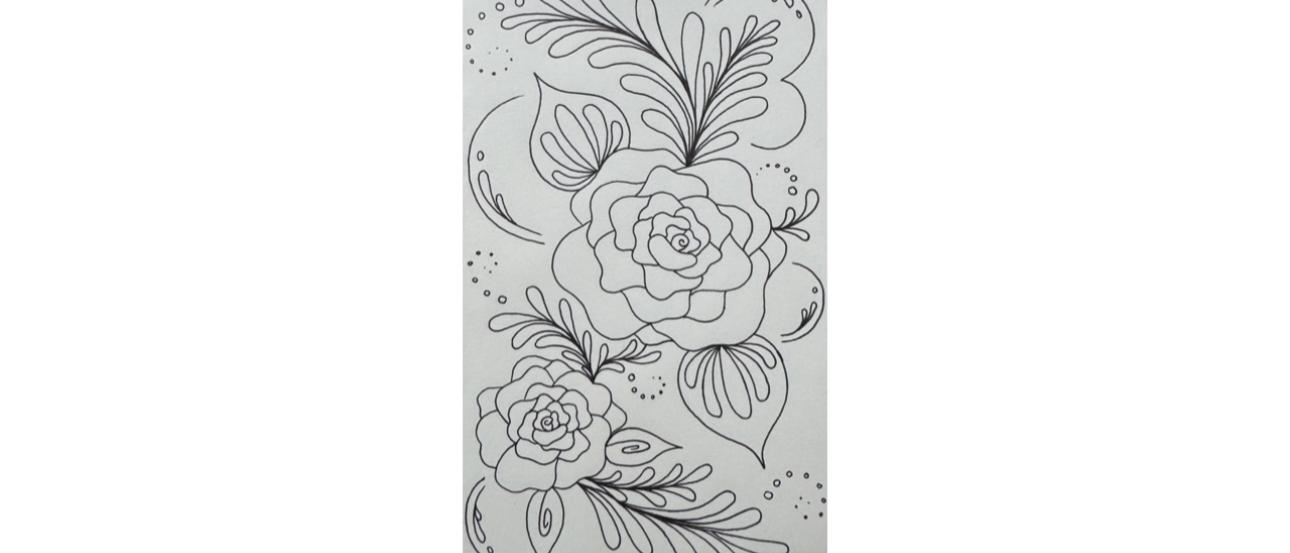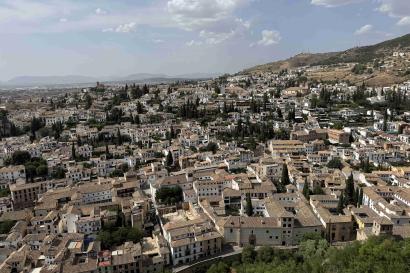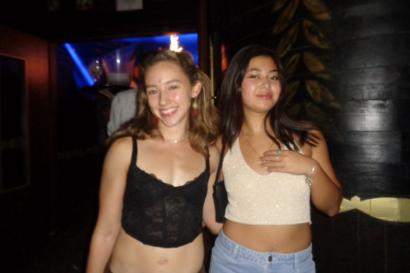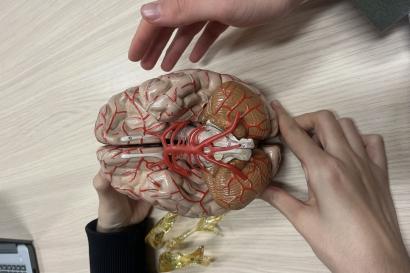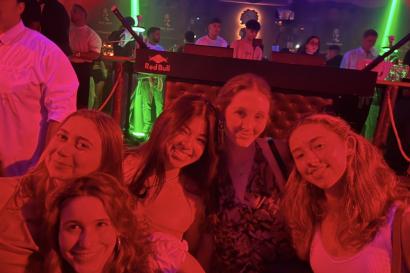Not in my wildest dreams would I have imagined that I would be spending my 20th birthday in Africa, learning how to surf on the salty ocean waves of the Atlantic Ocean. And yet, indeed there I was, spending the day in Rabat with the other students in my IES Abroad program. One of the reasons why I chose the summer study abroad program based in Granada, Spain, was that it also included a one week trip to Morocco. That week has now come and gone in the blink of an eye, and left me with incredible experiences and memories that I will never forget. I was so fortunate to learn about such a unique culture, meet local students and families, and travel to various Moroccan cities, including Tangier, Asilah, Rabat, Salé, and Chefchaouen. Each day was packed with different activities, and there was always something new and exciting around the corner! Although it is difficult to settle on a favorite activity or place that we visited, I can say that I particularly enjoyed exploring the vibrant medinas (towns), hiking the outskirts of Chefchaouen, riding a camel, and getting a henna design on my hand.
Henna, an artistic tradition that has been an important part of Moroccan culture for centuries, is not only beautiful, but carries a spiritual significance as well. Many Moroccans associate the art with good fortune or as a form of protection against evil. Henna plays a key role in marriage, as the bride and female relatives will typically gather the night before the wedding ceremony to socialize and have their skin adorned. The bride’s henna designs are always extremely elaborate, typically applied to the hands and feet. Morocco has a wide range of henna designs, from dainty floral designs to bold geometric patterns. After applying henna to the skin, it will last for 1-3 weeks before fading.
The temporary dye used to create henna comes from the henna plant, Lawsonia inermis, which is native to northern Africa and thrives in the hot Mediterranean climate. To make the dye, first leaves are collected from the henna plant and then dried and crushed into a fine powder. Next, the powder is mixed with water or a type of liquid to create a thick paste. To apply it to the skin, the paste is inserted into a modified syringe with a dull needle, which allows the henna artist to be precise when creating intricate designs. Henna dries after about half an hour, and within a day the paste cracks and naturally falls off, leaving a reddish-brown residue underneath.
Becoming a henna artist requires a lot of skill and practice. When I got my henna design in Rabat, I was amazed with how quickly the artist worked and with such precision, especially considering that she was making up the design as she went without a reference or stencil. Each of my peers received their own unique design, and I felt inspired to draw my own henna design (on paper), in which I made my birth flower (the rose) the central focus.

Ella Kane
Hello! My name is Ella Kane, but many people know me as "Snowdrop" the artist. I love exploring new places and spending time outdoors to find inspiration for my artwork! I enjoy experimenting with new materials as well as sharing my love for Pokemon!
